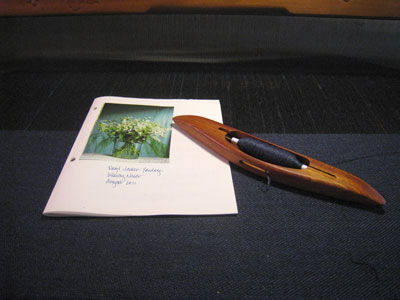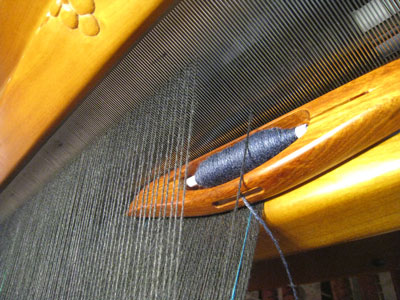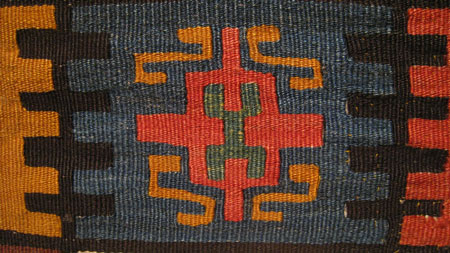Clockwise from left:
- Fermented Suint Method (FSM): grabbed a handful and left it to soak in the FSM bath for about 7 days. (More about it here, here, and here.)
- Finger sized locks placed in a small plastic mesh bag (like garlic bag) and washed in hot soapy water (Ecover dish soap) and  rinsed twice, a la Margaret Stove.
- Finger sized locks washed one lock at a time by rubbing each end against Kiss My Face Pure Olive Oil Bar Soap, a la Margaret Stove.
I’ll give you one guess which one I like best.
I don’t know that FSM is that much easier or less water intensive. That bundle is part of a larger handful, and it received about 6-8 rinses. Â It no longer smells, but it’s not as white as the others. (I actually think it got dirtier!) It definitely still has some lanolin left in it. I will likely wash it again in a weak soap bath, but the tips are not clean. It’s a bit messy because I didn’t bother to separate it into locks before putting it in a mesh bag and into the FSM bath. I also wasn’t gentle with it while rinsing — I tried to squeeze out as much of the filthy water as possible before moving on to the next rinse bucket. The good news is that I used the rinse water to water my lawn. I’m sure I’ve confused my dog as to his favorite pee spot.
Margaret suggests that you pull locks out that are about the diameter of your finger and wash them. She teaches both methods — washing one lock at a time by rubbing each end against a bar of soap or bundling them together and putting in a mesh bag to preserve lock structure and putting the bundle into hot soapy water.
As you can see, the bundle still has dirty tips, even though I tried to rub the tip end while the mesh bag was in the hot soapy bath. I washed it twice and it still is not as clean nor as white as the locks washed singly.
But, you can still see the crimp structure in the locks washed in the bundle. And the tips will likely open up when you flick the locks before spinning. Margaret says that you can just pinch off the tip because they are likely to be brittle anyway. Others advocate just cutting them off. Based on a couple of tests with mine, these tips are just lightly matted and not brittle at all. So, check your own wool and make the call yourself.
Since I want to spin and knit Margaret’s Filmy Fern Shawl with this fleece, I will likely process it lock by lock.
I’ll leave you with this photo. It smells worse than it looks.

Suint Bath






